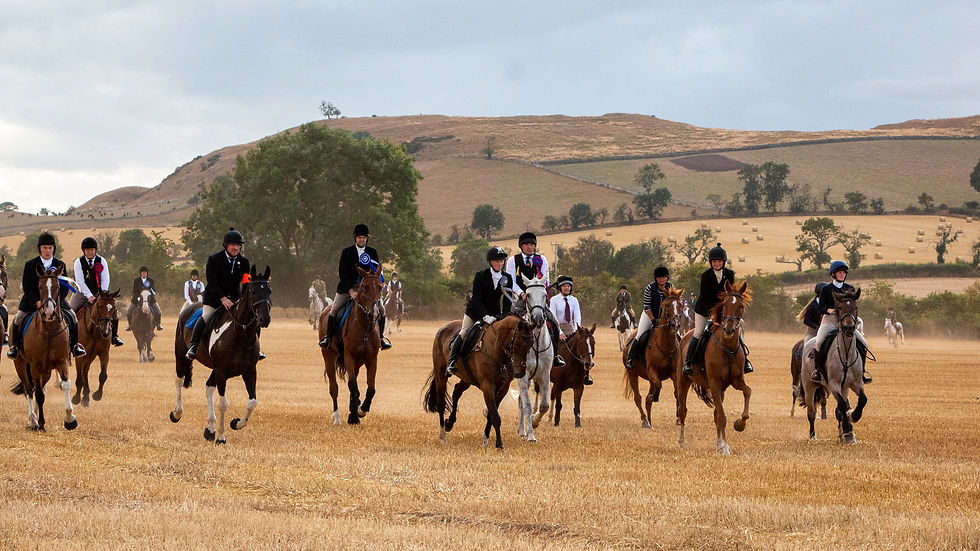top of page


Kelso Civic Week came about due to a number of events in the 1930’s. Many Civic
Weeks and Festivals were developing in the Borders at this time, following in the
footsteps of the four traditional Common Ridings which were long established at
Hawick, Lauder, Langholm and Selkirk.
In June 1934, a Fancy Dress Parade was held in Kelso to raise money for Lifeboat
Day. This was repeated in June 1935 as a fund raiser for Kelso Cottage Hospital. This
event also heard for the first time Kelso’s new song “Kelsae Bonnie Kelsae” written by
Provost J. Scott. In July 1935, Kelso’s first shopping week was organised by the Kelso
Merchants and Traders Association as an endeavour to stimulate trade in the town.
1936 was the formative year for Kelso Civic Week. It was chosen as a time to present a
Chain of Office to Provost Scott, the money being raised by the Towns Women’s Guild.
At this time the town council held a meeting for the petition to the Lord Lyon King of
Arms for the registration of a coat of arms for the Burgh.
The flag was to be ‘of Azure springing from the meadow, in base a rose tree in full flower
and a pendant there from an eagle and a dove adorned proper an escutcheon charged
with the Royal Arms of Scotland. Above the shield is placed a mural cornet and in an
escroll under it, the motto “Dae Richt, Fear Nocht”’.
The flag was not to be ready until 1937, but plans to combine the Charities Parade
and the Shopping Week left us with the forerunner for Civic Week. Included in the
programme for 1936 was a service at the War Memorial in memory of the men of Kelso
who fell at Gallipoli.
In 1937, the combination of the above events and the need for a figure-head to carry
the flag round the town, at the front of the parade, produced the first Kelso Laddie –
Bobby Service. During the concert on the Friday night of the first Civic Week, Bobby
was invested with the Burgh Standard and the Sash of Office by Provost Scott.
Since then, Civic Week has gone from strength to strength under the Kelso Laddies
Association, who, because of the nature of Civic Week, are able to adapt and change,
and produce a full calendar of events that suits all the people of the town.
The Kelso Laddie now leads an annual cavalcade of around 200 horses to Yetholm
to qualify for his Blue Bonnet for having crossed the English Border. The Historical
Pageant of the Whipman’s Ride re-enacts the sporting festivities of a very early trade
union. Not every event is based on equestrian skills, a Grand Ball and a Children’s Ball
are mainstays of the week, and the War Memorial and joint church service, as well as
the Fancy Dress Parade, are still key elements of the week.
The highlight of the week is the Colour Bussing of the town flag in the beautifully
decorated Town Square, in front of a large crowd, when the Kelso Laddie is entrusted
with the Burgh Standard.
Kelso Civic Week takes place annually, normally during the third week of July.
bottom of page
